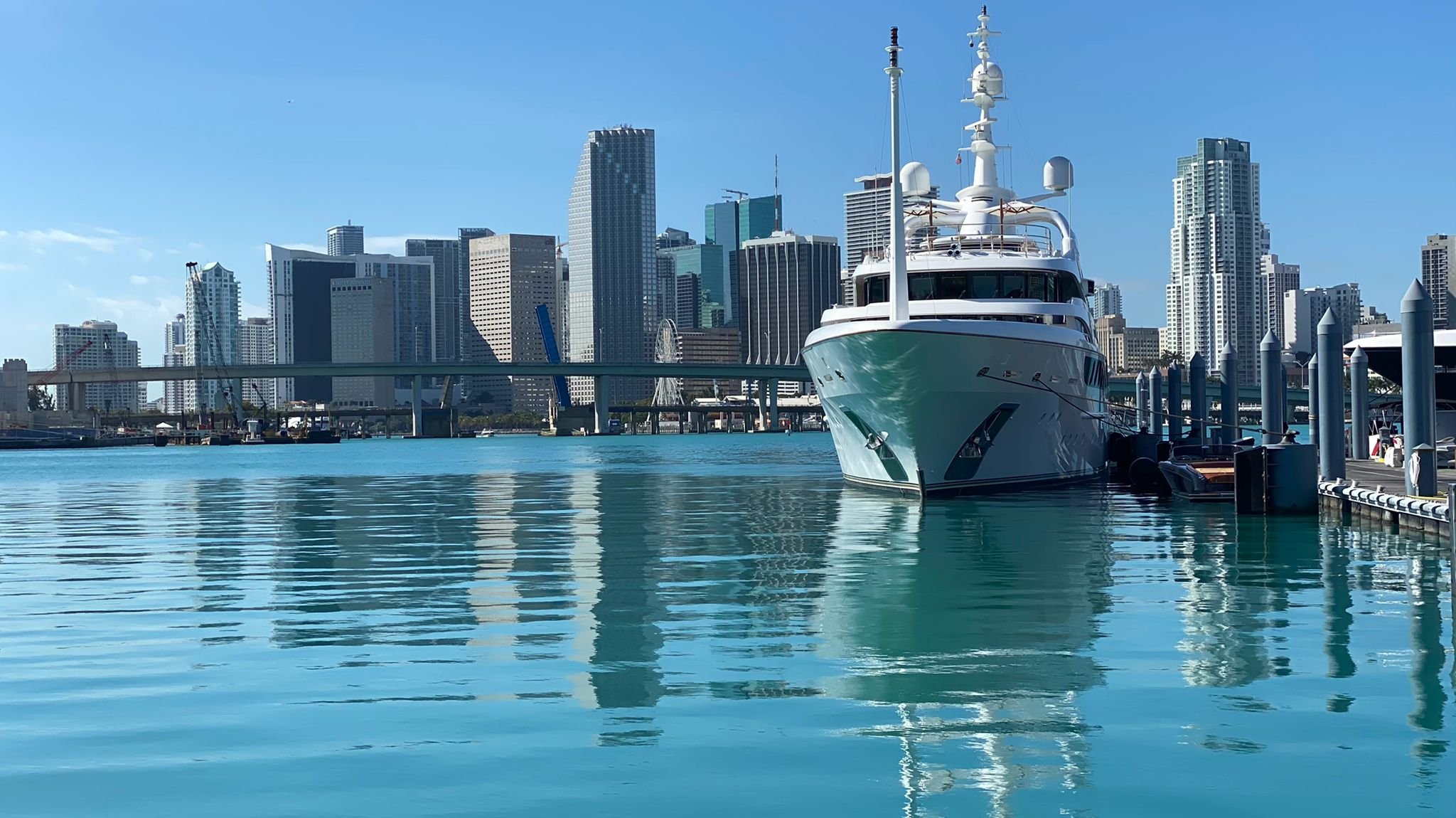U.S. Clearance and Formalities
Formalities are one of the most important aspects of a cruise. Thanks to its team of experts, the Star Yacht Group can assist you in the United States, taking care of all the arrival and departure procedures. Let's see in detail the operations to follow.
Pre-arrival Formalities
All yachts arriving from non-US countries (local and foreign flag boats) must submit a Notice of Arrival (NOA) to the National Vessel Movement Center (NVMC) at the Coast Guard at least 96 hours before arrival.
The United States Coast Guard has the authority to board any ship in the USA territorial waters, an event that takes place frequently off the coast of Florida. The boarding of the US coast guard or a Customs inspection is not considered a customs clearance procedure.
The US Coast Guard also patrols the Bahamas and parts of the Caribbean jointly with local authorities. All ships entering within 12-mile territorial waters must fly the Q flag until the clearance procedures are complete.
Arrival Formalities
All yachts arriving in the United States from a foreign port (foreign or registered in the United States) must promptly notify the Customs & Border Protection (CBP), presenting themselves in person to the competent office. One of our Star Yacht agents can carry out this procedure on your behalf without any problems.
Since 2018 the CBP ROAM app has granted boaters to conduct inspections with a CBP official through a video chat. However, the app currently has limitations and cannot be used by non-US and Canadian boats.
In cases where it is not possible to use the CBP ROOM app, it is necessary to report your arrival at 1-800-432-1216 or by presenting yourself in person at a port of entry to arrange the CBP inspection.
If these authorization procedures aren't complete, it isn't possible to go ashore unless the captain (only he) must disembark to make a landline call. The arrival of a vessel must be reported at any time, even if the office may be closed. In this case, the CPB inspection could take place the following day, and the crew is required to remain on board until the authorities arrive.
When a foreign-flagged ship enters the United States for the first time, it must file a CBP-1300 (Vessel Entrance or Clearance Statement) within 48 hours of paying the relevant fees. At that time, the captain can apply for a cruising license. All American yachts must disclose to the CBP any merchandise bought overseas that is subject to duty.
Immigration
All yachts (both US and foreign) must complete immigration/customs clearance no later than 24 hours of arrival. Everybody on board must report to the nearest CBP office within 24 hours, regardless of nationality.
The CBP office issues an arrival reference number for everyone on board. This number is necessary for each in-person check-in. Visa holders must present themselves to a CBP official to complete their registration, while American citizens must carry a valid US passport. Non-Americans must present a valid passport, relevant valid visa, or in the case of long-term residents, the Green Card.
Domestic Cruising
All foreign-flagged yachts need to obtain a cruising license with a validity of one year. It can be obtained at the entry filing of the CBP Form 1300 or from the applicable CBP port director. The cruising permit is issued exclusively to ships coming from a foreign port. Note that USVI and Puerto Rico are not considered foreign ports, they are considered domestic ports. With the cruising license, pleasure craft flying a foreign flag (from some countries) can be exempted from the mandatory formal entry procedures and CBP authorization, apart from the first CBP port of entry each year.
Foreign-flagged yachts and Canadian yachts that are not licensed to cruise are normally required to notify Customs (Homeland Security) of their travel between customs regions, for example, if they are moving from Ft Lauderdale to Miami. If not notified, penalties will be incurred.
Clearing Out
The US CBP's purpose isn't to issue exit clearance to pleasure vessels. However, more and more countries need to inspect the authorization documents issued by the last port (exit zarpe). They will prohibit entry if they do not possess them.
Foreign yachts should notify CBP when leaving the United States for a foreign port, while US-flagged boats are not required to do it. It is always best to obtain an exit zarpe by completing the CBP 1300 form and taking it (along with your boat documents and crew passports) to a CBP office in a port or airport.

